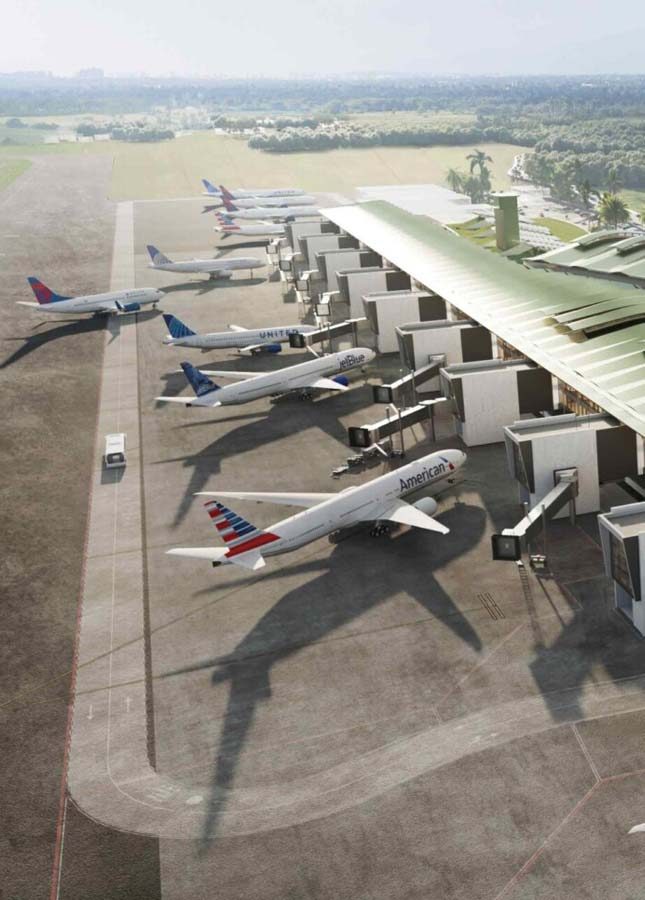1. Introduction
Santiago Cibao International Airport, also known as Santiago Airport, serves the Dominican Republic’s second-largest city, Santiago de los Caballeros. It’s the country’s third busiest by passenger traffic and a vital gateway to the Cibao region’s vibrant culture and economic hub.
2. Location
Nestled 15 kilometers southeast of Santiago’s bustling center, the airport offers convenient access to the city’s attractions and surrounding areas. Its strategic location fosters connections to the Dominican Republic’s diverse landscapes, from mountains and valleys to pristine beaches.
3. History
It was inaugurated in 2002, Cibao International swiftly rose through the ranks to become the third busiest airport in the Dominican Republic. Continuous expansion and development cemented its position as a crucial transportation hub, connecting the region to domestic and international destinations.
4. Facilities
Modern facilities offer a comfortable and efficient travel experience. Passengers enjoy amenities like duty-free shopping, a variety of restaurants and cafes, currency exchange, VIP lounges, and convenient transportation options.
5. Airlines and Destinations
Major airlines including American Airlines, Delta Air Lines, JetBlue, and Spirit Airlines connect Santiago to multiple destinations in the United States, Canada, and the Caribbean. Regional carriers provide access to other Dominican cities, expanding travel possibilities.
6. Transportation Infrastructure
Ground transportation options like taxis, car rentals, and public buses ensure seamless connections to Santiago and beyond. On-site parking caters to private vehicles, while dedicated infrastructure facilitates efficient cargo handling.
7. Cargo Operations
Cibao International plays a vital role in the Dominican Republic’s economy by handling both domestic and international cargo. Dedicated facilities and services support the import and export of goods, contributing to the region’s commercial activity.
